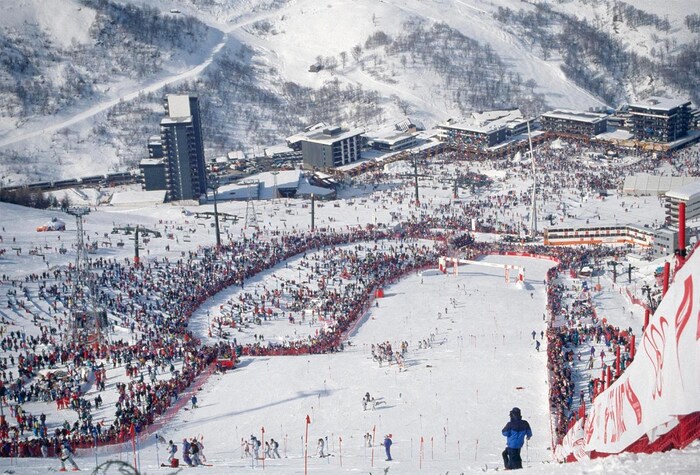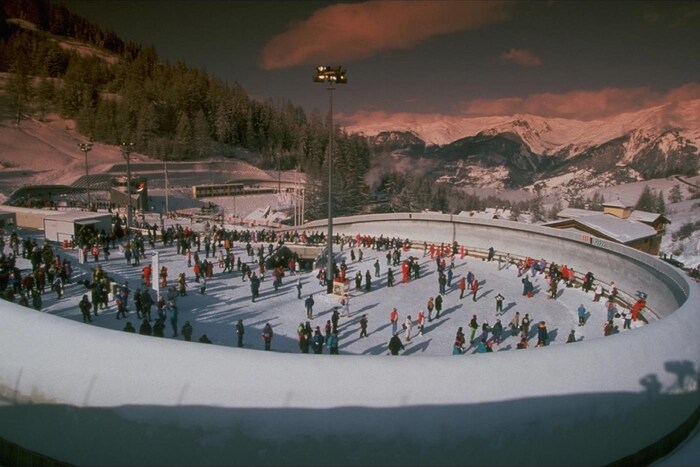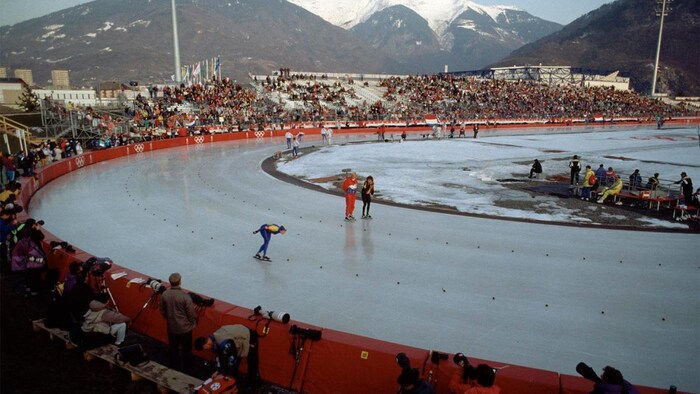Albertville 1992: 30 Years of Olympic Legacy in France's Leading Ski Resorts
Published 02-07-22
Submitted by International Olympic Committee

International Olympic Committee news
As the Olympic Winter Games Beijing 2022 draw near, we look at the long-term legacy created by past Olympic Winter Games that are celebrating significant anniversaries this year.
Albertville was the first host city to stage the Olympic Winter Games followed by the Winter Paralympic Games, the start of a tradition that has continued ever since. With its spectacular Opening and Closing Ceremonies, Albertville 1992 created a benchmark for future host cities. It also helped establish Savoie Mont Blanc as one of the world’s premier winter sports destinations.

As the 30th anniversary of the Games approached, a wide range of celebration activities were planned across the region, in Albertville, Courchevel, Meribel, La Léchère-les-Bains/Valmorel, Les Saisies and Tignes.
Out of the 13 venues used for the Games, 12 remain in use today, while the transport improvements accelerated by the event aided the growth of the local ski industry and improved access to the region. Since the Games, resorts have also improved their infrastructure and facilities to meet growing demand, and have taken steps to mitigate environmental impacts.
The finest skiing France has to offer

With more than 110 ski resorts and one of the most extensive systems of ski trails in the world, the Savoie Mont Blanc region is France’s leading winter sports destination. Covering two-thirds of the French Alps, the region welcomes millions of visitors every year.
The global visibility provided by Albertville 1992 boosted the region’s tourism industry, and the hosting of the Olympic Winter Games also quickened the pace of the improvements made to its transport infrastructure. Home to the world’s most-frequented ski resort, La Plagne, and two other resorts in the global top 10 – Les Arcs and Val Thorens – Savoie Mont Blanc successfully markets itself as a brand to skiers and tourists from Europe and further afield. Part of its appeal lies in the creation of a genuine skiing culture across the region, and in the range of activities and leisure pursuits on offer. Downhill skiing is available at 98 of Savoie Mont Blanc’s resorts, for example, and Nordic skiing at 78. The resorts that staged events at the Olympic Games have made extensive, lasting use of their facilities. Several of them have been hosting major international competitions since 1992.
Since hosting the Games, the region’s resorts have also become increasingly responsive to environmental issues. Their populations grow by as much as 30 per cent and more in high season, which puts a strain on existing resources and requires the construction of facilities and accommodation to meet demand. To ensure their longevity and coexistence with fragile mountain ecosystems, resorts have implemented a series of measures in recent years. These include stricter planning rules, lower-impact construction methods, a transition to low-carbon technologies and processes, and biodiversity protection. Awareness has also increased among visitors, who are reminded to leave no trace of their stay in the mountains.
Venues still in use

Thirteen venues were used for the Olympic Winter Games Albertville 1992 for the competition and demonstration sports. Twelve are still in use today, for recreational and high-performance ice and snow sports.
Many of them have become multi-purpose facilities, including the Halle Olympique. One of several venues situated in the Henri Dujol Olympic Park in Albertville, it was built for the figure skating and short track speed skating competitions. It has since hosted Davis Cup matches as well as business, art and cultural events.
The courses used for the women’s Alpine skiing events in Meribel remain open to competitive and recreational skiers. The resort’s Olympic Park, whose ice rink hosted the men’s ice hockey competition, is now home to a swimming pool, spa, gym and meeting rooms.
The venue for the freestyle skiing demonstration events at the Games, Tignes, has gone on to become a blueprint for the discipline. For its part, the bobsleigh track in the resort of La Plagne attracts visitors all year round and contributes to the resort’s appeal.
Revamped regional transport and urban infrastructure
The staging of the Olympic Games accelerated the extension and upgrading of regional transport links. A series of motorways and dual carriageways were built between Albertville and surrounding towns and resorts, doubling road network capacity and cutting journey times and congestion.
The local rail network was also modernised. In addition to the construction of a high-speed (TGV) line serving the region, railway stations were refurbished and new coach stations built to link up with the rail network. Improvements were also made at local airports and air transport facilities.
These developments allowed the region to market itself better and made it more accessible to tourists. The TGV link increased its appeal to Parisians in particular, who can reach Albertville by train in less than five hours.
A turning point for the Opening and Closing Ceremonies

The Olympic Winter Games Albertville 1992 marked a spectacular turning point in the staging of Games opening and closing ceremonies.
These Games’ Opening and Closing Ceremonies broke new ground thanks to two Philippes: the choreographer Philippe Decouflé, and the costume designer Philippe Guillotel. Using all their flair and imagination, they made these events genuine spectacles, filling the temporary venue of the Théâtre des Cérémonies with birdmen, snowball women, wing-heeled dancers and insects on stilts. Also making an appearance were thousands of figures dressed as giant sousaphones and wearing costumes in the red and white of the Savoie flag.
One of the high points of the Opening Ceremony was the Air Ballet, in which dozens of acrobats suspended on elastic ropes thrilled the 35,000 people in the audience and the watching world with their magical aerial routines. Drawing inspiration from the folk dances of Savoie as well as music, sport and the circus, Decouflé brought a spirit of invention and wonder to both occasions. In doing so, he took the Opening and Closing Ceremonies to new levels of visual and choreographed excellence, setting a trend that was followed at Athens 2004, Beijing 2008, London 2012 and subsequent Games ceremonies.

International Olympic Committee
International Olympic Committee
The International Olympic Committee (IOC) is a not-for-profit independent international organisation that is committed to building a better world through sport. It redistributes more than 90 per cent of its income to the wider sporting movement, which means that every day the equivalent of USD 3.4 million goes to help athletes and sports organisations at all levels around the world.
As the leader of the Olympic Movement, the IOC acts as a catalyst for collaboration between all parties of the Olympic family, from the National Olympic Committees (NOCs), the International Sports Federations (IFs), the athletes and the Organising Committees for the Olympic Games (OCOGs) to the Worldwide Olympic Partners, broadcast partners and United Nations (UN) agencies, and shepherds success through a wide range of programmes and projects. On this basis, it ensures the regular celebration of the Olympic Games, supports all affiliated member organisations of the Olympic Movement and strongly encourages, by appropriate means, the promotion of the Olympic values.
More from International Olympic Committee

